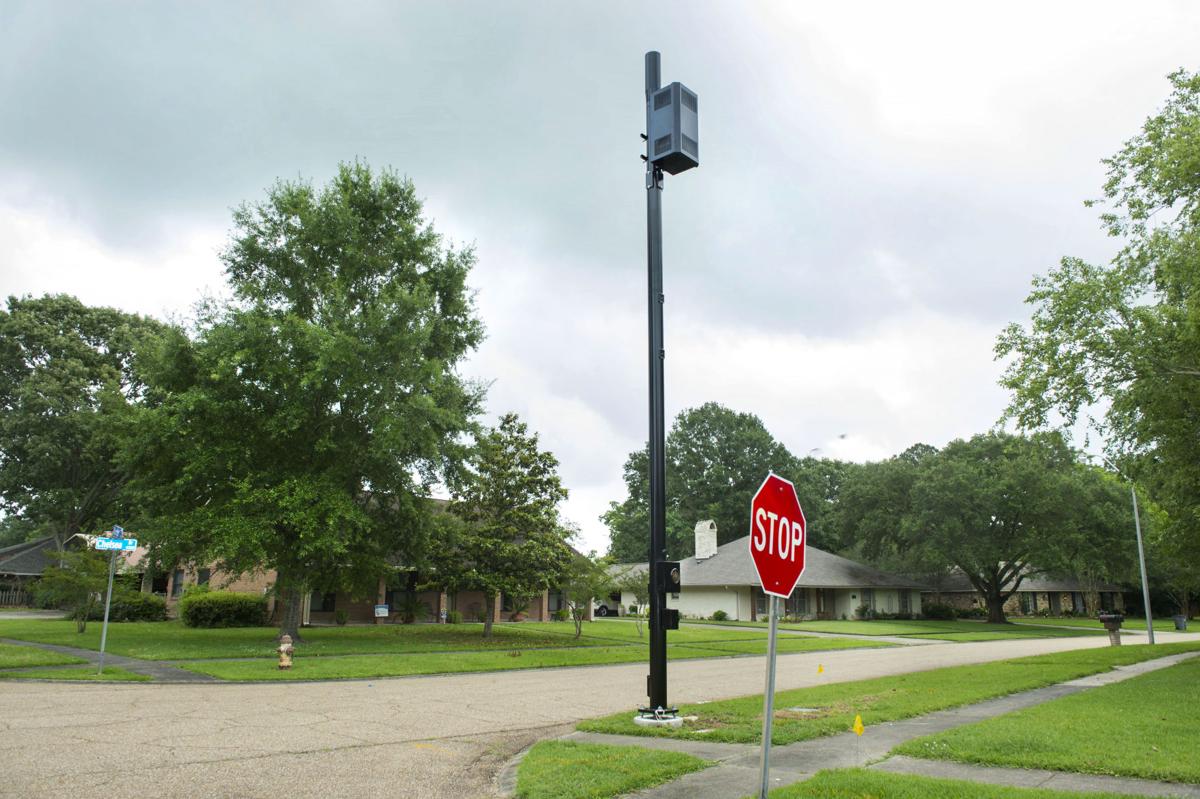If you've ever walked through a town and spotted tiny 5G cell towers placed on poles for street lighting. They look like little boxes however they're actually sending wireless signals from mobile providers to your phone.
They are replacing the larger specially-designed cell towers. While they're not as noticeable but they can still create problems for those who live nearby.
A Federal Communications Commission's Radiation Exposure Thresholds
The FCC's Radiation Exposure Thresholds establish the safe distance that an individual can be exposed to electromagnetic energy from wireless devices. The exposure limits are based on scientific data which prove that electromagnetic energy can be harmful to human health.
The rate of absorption called the specific absorption rate (SAR) is a measure of the amount of radiofrequency energy that is absorbed by tissue. It is typically 1.6 Watts per kilogram spread over a kilogram of tissue.
However, because safe distance from cell tower transmits at higher frequencies and has the potential to cause greater energy intensity on the skin as well as other body areas. This can result in many possible harms, such as an increase in the development of skin conditions like dermatitis, cancer of the skin and cataracts.
Because of the potentially negative effects of 5G radiation, PSU has chosen to set a general localized maximum power density of four MW/cm2 based on the average on 1cm2, and not to exceed 30 minutes for the entire 5G spectrum at 3000 GHz. This localized limit is in accordance with the peak SAR that is spatially averaged at 1.6 W/kg, which is averaged over 1 g of tissue at 6 GHz.
The FCC's Maximum Exposure Thresholds
If you've ever used a cell phone, you're probably aware that a safe location from the tower is at least 400 meters away. This is because the transmitting power of a cell tower increases dramatically the further away the tower is.
Although this may sound like something that's good however, people living in close proximity to towers could be more susceptible to health problems. For example, a study from 2014 in India found that those living within 50 meters of cell towers experienced much more health problems than those living further far from antennas.
However, this study also found that people who moved to areas that were further from cell towers noticed their symptoms improve within a couple of days. Studies have also revealed that exposure to high frequencies of radiofrequency electromagnetic fields (EMFs) could cause brain tumors, cancers, and other health problems.
This is because the RF radiation used in wireless communication, can penetrate the human body's outer layer, called the skin. This is vital to be aware of because the skin acts as a protective barrier against injuries caused by mechanical forces, infections by pathogenic microorganisms, and entry of toxic substances. The skin is the biggest organ of the human body and is accountable for protecting other organs.
The FCC's Minimum Exposure Thresholds

The FCC's Minimum Exposition Thresholds are based upon many assumptions that aren't supported by scientific evidence. These include the erroneous belief that exposures to RF radiations are not harmful due to minimal radiation penetration in the human body (i.e. the heating of tissues).
safe distance from cell tower overlooks the greater penetration of ELF elements of modulated radio signals as well as the consequences of brief bursts of heat caused by RF pulses. These assumptions do not correspond with current understanding of the biological effects of RF radiation. Therefore, they should not be considered for health protection exposure standards.
Additionally there is the fact that both ICNIRP and FCC restrict its maximum levels of radiation exposure for local peak SARs based on the peak speed of spatial absorption (psSAR) that is not a sufficient dosimetric tool to assess the amount of exposure to RF radiation. In particular it is inconclusive for frequencies above 6 GHz. Furthermore, psSAR has not been tested for RF radiation with co-exposure to other agents of the environment such like sunlight. In safe distance from cell tower of interactions, RF radiation and other environmental agents could produce synergistic or antagonistic impacts. This would result in an increased risk of negative health effects. For instance, exposure to RF radiation along with exposure to sunlight can increase the risk of skin cancer and exacerbate other skin disorders, such as acne.
